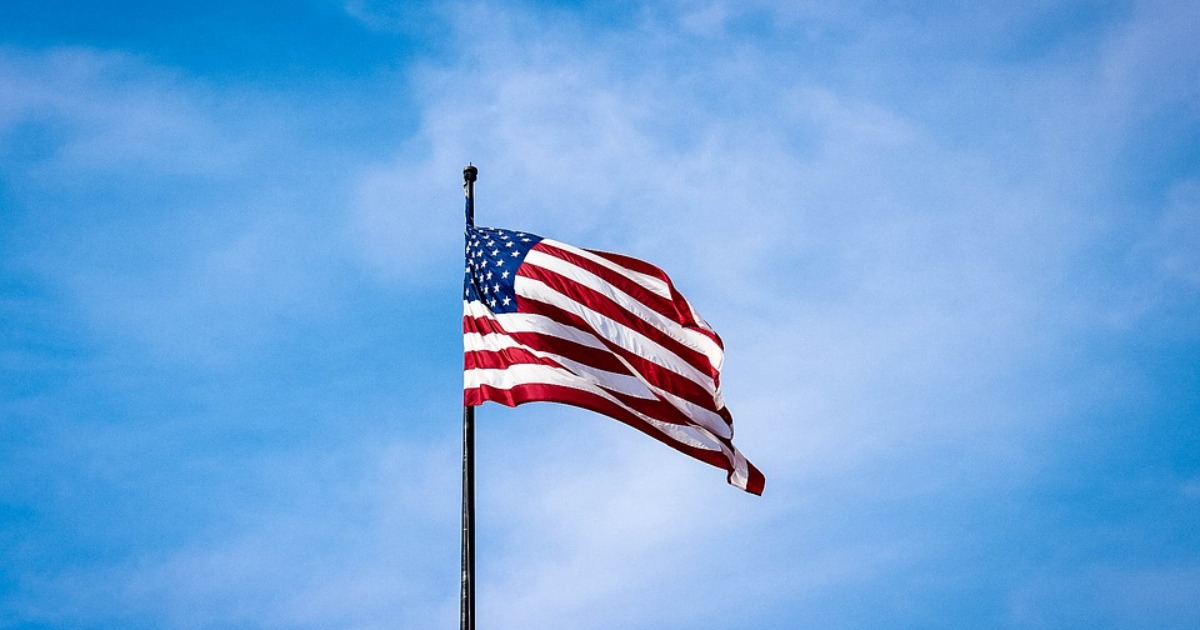The United States as Number 2?
The Republican Party is utterly unprepared for the hard realities of relative U.S. decline vis-à-vis China.
August 4, 2021

Republicans in the United States are in for a rude awakening. The extent to which the media fog of U.S. right-wing culture wars has obscured the level of socioeconomic achievement which China has already reached is truly jarring. First, some relevant data points:
Different realities
In August 2019, Pew reported that 70% of Republicans believe the United States is still in the lead — and just 21% believe it is China.
In contrast, the same survey found 40% of Democrats believe the leading economic power is the United States and 40% believe it is China.
In purchasing-parity terms, the Chinese economy is already nearly 30% larger than that of the United States. Because China is also growing much faster, that means the United States will continue to shrink on a relative basis.
The problem with conservative U.S. triumphalism
Of course, the question of the significance of the China challenge is just one example of a broad cultural phenomenon.
Conservative triumphalism in the United States combines bullying anyone who doubts U.S. supremacy in the world with the paranoid pursuit of policies of America First.
There are two problems with that triumphalist approach. First, it lowers the expectations and standards of competence that conservatives set for U.S. government officials and public servants.
Second, it leads to unrealistic, self-destructive strategies. In fact, it is a little like a boxer deploying a body-mass strategy against an opponent who weighs 20 kilos more.
Rethinking China
With the Biden administration now in office, it is also important for Democrats to think more deeply about the socioeconomic achievements which China has already reached.
Only then it is possible to develop a China strategy that can be said to work for the United States over the long term.
What is particularly helpful in that regard is to think of China as actually three major countries rolled into one.
1. China’s East Coast: Government and academia
To the north, the Yellow River flows through the ancient university town of Xian to a delta near Beijing. This is the China of government, academia, security and the machinery of the Communist Party. It is China’s answer to America’s East Coast.
Given the government’s preoccupation with it, Beijing has become the center of AI research. It is where you find Baidu, the Chinese Google.
2. China’s Midwest
The Yangtze in China’s heartland flows through two-thirds of the country’s rice paddies and the cities of Chengdu, Chongqing, Wuhan and Hangzhou to Shanghai, the commercial and financial capital.
It is a Chinese Mississippi River with five cities larger than Chicago and the metropolitan area of Shanghai, with a population 50% greater than Texas, in pole position at its mouth.
In the garden city of Hangzhou on the outskirts of Shanghai, you will find Alibaba. It is China’s Amazon, but one playing a far more pervasive role in the lives of its hundreds of millions of customers than the Seattle-based firm does for Americans.
3. The Pearl River Delta
In China’s south, the Pearl River Delta waters Guangzhou, the tech factory of the world. It alone has a metropolitan population greater than California’s.
This is China’s answer to the United States’ West Coast. It is also the birthplace of Deng Xiaoping’s great economic experiment. Here you find Tencent, the social network to which Facebook aspires, as well as Huawei, China’s Cisco.
It is also the manufacturing hub for Apple, Google, Intel, Cisco, IBM, HP, Dell and so on.
China already matches the U.S. strength for strength
In short, any open-eyed assessment leads one to conclude that China’s three river basins match all of the United States’ diversity — from its east coast through the Midwest to the Pacific. However, China replicates this structure in much greater volumes.
Much worse for U.S. supremacists, today’s China already overmatches the United States strength for strength, except perhaps in research universities.
The world of Chinese supremacy is here
The world of Chinese supremacy, in other words, is not a distant possibility. It is here. We are well into its first few decades.
What lies in the future is the eventual emergence of this economic and political reality from the United States’ current political fog. Once Americans recognize the practical effects of Chinese economic supremacy, however, their expectations of their leaders and government will change drastically.
After decades of Republican triumphalism, cynical nationalism and calculated deception, realism will be in demand again.
Conclusion
One can only hope that the American people, facing a future far more uncertain than they were brought up to anticipate, will demand facts about the problems the country faces.
It will be a demand for officials with the competence to solve those problems, a restoration of democratic accountability and a simple end to lying tactics that have become a hallmark of the United States’ once-conservative party.
Wrong-headed, even disastrous, Republican triumphalism has made the challenge of adapting to China’s rise that much more challenging. Ironically enough, it may be today’s populists that will demand change most forcefully.
US: Demography Is Not Political Destiny
China: US Republicans’ Real Existential Threat
The US as No. 2?
Takeaways
Think of China as two and a third times the US. Not in the future, but right now.
The world of Chinese supremacy is not a distant possibility. It is here. We are well into its first few decades.
China’s three river basins match all of the US's diversity -- from its east coast through the Midwest to the Pacific -- but at much greater volumes.
Guangzhou is the tech factory of the world. It alone has a metropolitan population greater than California’s.
Once Americans recognize the practical effects of Chinese economic supremacy, their expectations of their leaders and government will change drastically.
Read previous

Global Cuisine
Lunch in Spain
August 2, 2021
